Film Oppenheimer related to Science
Watching Movie Oppenheimer – an analysis of the lead character
The Manhattan Project required a fair amount of quantum physics and complex science.
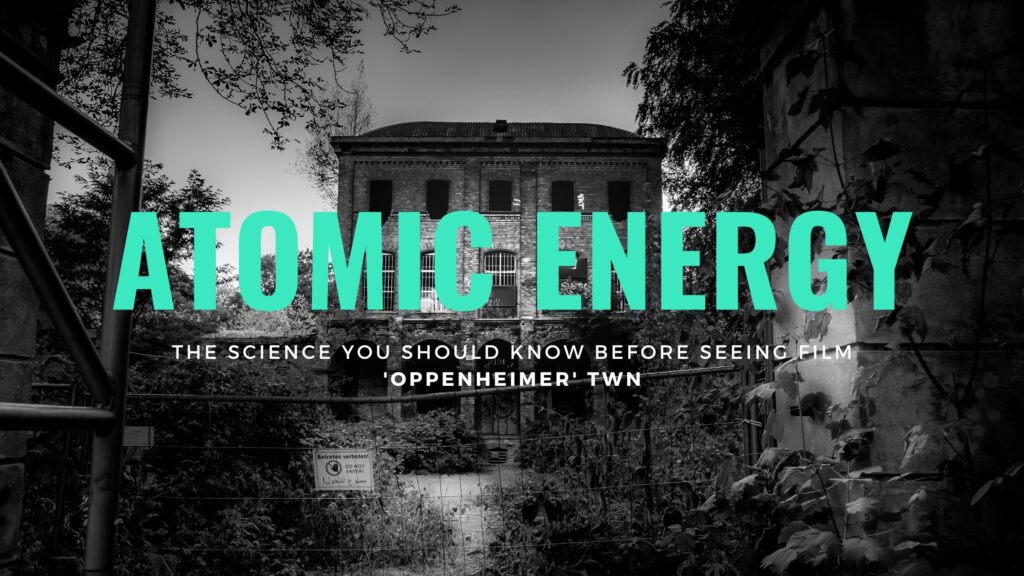
Oppenheimer may be the smartest blockbuster film ever produced, but boy, is it perplexing – and nuclear physics isn’t even the most difficult aspect to grasp.
The fast-paced conversation, large cast of people, many feuds, and complex concerns all rush at you at breakneck speed, and the hero is a radically contradictory figure.
He’s so bizarre that you’d believe filmmaker Christopher Nolan made it up. However, the representation is almost entirely accurate.
Here’s some background information to help you understand the year’s most ambitious biopic.
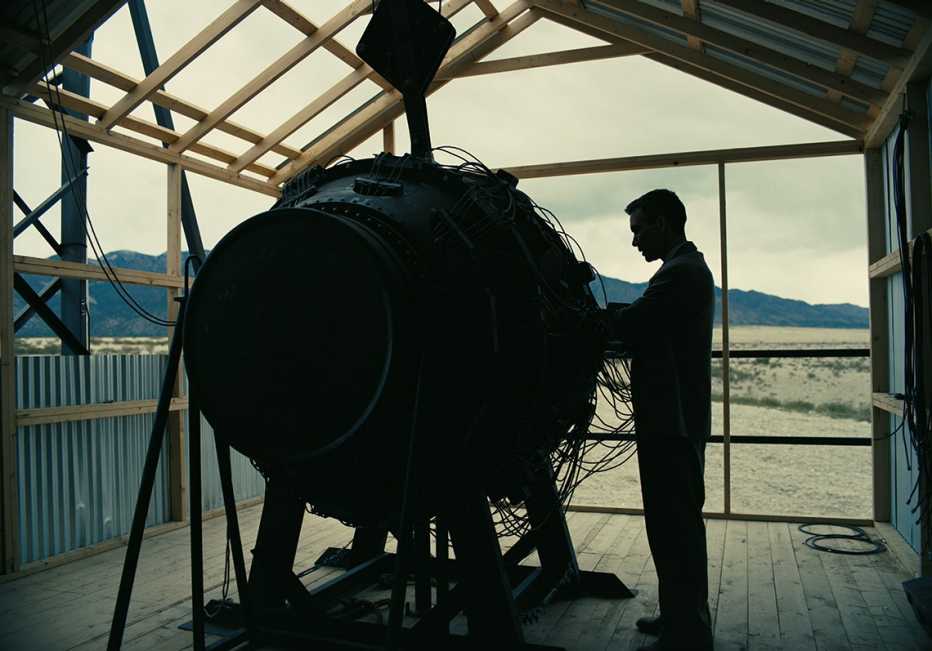
Oppenheimer was the man who invented the atomic bomb.
J. Robert Oppenheimer predicted black holes in 1939 and oversaw the physicists who developed the first atomic weapons, which helped end World War II.
Then he declared he had blood on his hands, lobbied for worldwide nuclear disarmament, and opposed the development of the hydrogen bomb, a weapon 1,000 times more powerful than his A-bombs.
As a result, the government revoked his security clearance, removing him from his position at the Atomic Energy Commission.
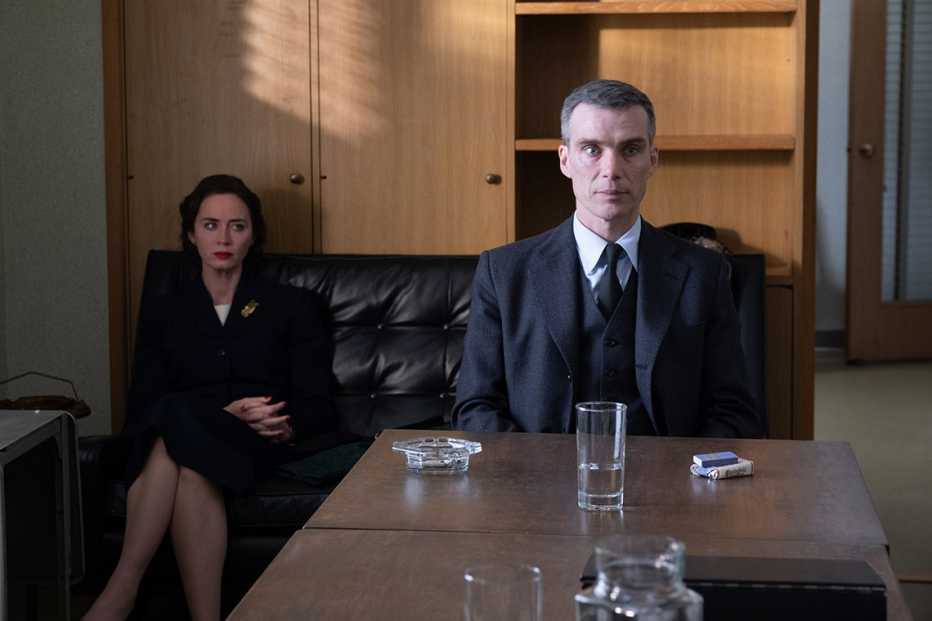
H-bombs, he thought, were a worse concept than A-bombs.
He didn’t think H-bombs could work at first. When he found they could, he reasoned that, although A-bombs may deter a Soviet invasion of Western Europe, H-bombs would simply devastate cities, sparking a disastrous arms race.
He also misjudged the Soviets’ willingness to restrict nuclear weapons during the height of the Cold War.
|
Related Topic -2023 American biographical drama Oppenheimer drama -Review |
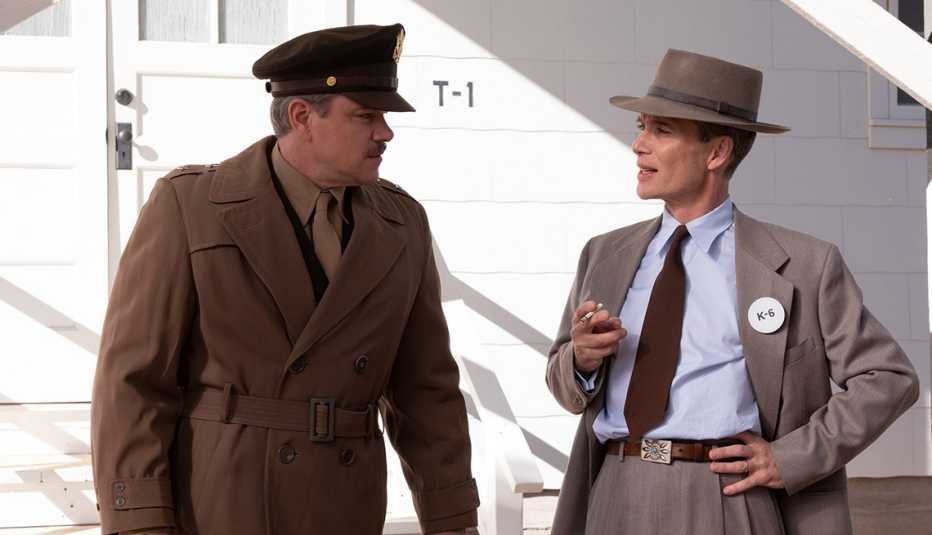
Oppenheimer was not a communist, as his opponents alleged.
But his wife, brother, close friend, and mistress were all communists or ex-communists, and during the ’50s Red Scare, if you hung out with commies — and in the ’30s had fought for a minimum wage, racial integration, and battling Fascists in Spain, as Oppenheimer did — your career was jeopardized.
Furthermore, Oppenheimer accidentally engaged a Russian spy for his A-bomb squad and attempted to shield a communist acquaintance from government investigators.
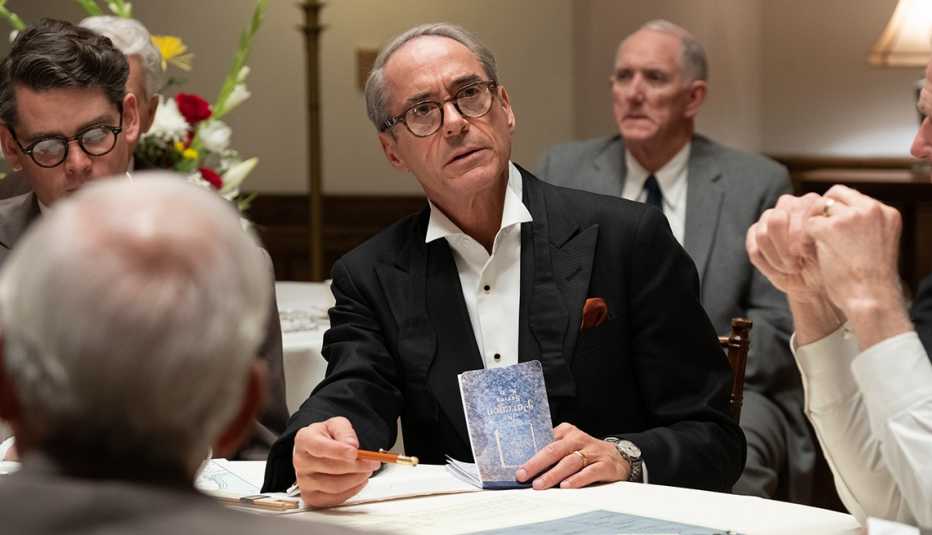
The head of the Atomic Energy Commission coordinated his prosecution.
Oppenheimer was far more arrogant and abrasive than he seems in the film, embarrassing Atomic Energy Commission head Lewis Strauss — who had selected Oppie to oversee Princeton’s Institute for Advanced Study, where Einstein worked.
Strauss requested that FBI Director J. Edgar Hoover bug the individual who supplied us the explosives. But Strauss, a conservative self-made businessman, really felt that the left-wing Oppenheimer was a spy, and that his opposition to H-bombs and encouragement of “candor” with Soviets aided our adversaries.

Oppie and Einstein were friends, although Einstein was skeptical of the new quantum physics ideas, which were incompatible with his yet were ultimately verified by experimentation.
Both Einstein and Oppie believed the A-bomb was necessary to fight Hitler – in fact, Einstein encouraged FDR to create it (the US, however, did not trust Einstein to assist construct it).
Einstein was out of step with the times because he refused to accept the exceedingly odd new quantum physics of Heisenberg, Oppenheimer, and others.
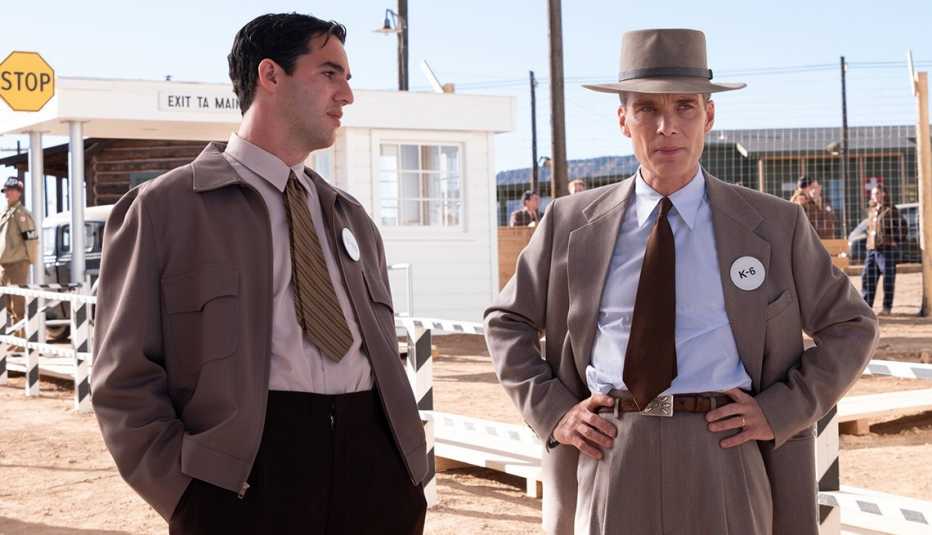
There are two more physicists in the film Oppenheimer
Werner Heisenberg was the grandfather of quantum physics in Germany.He attempted to create an A-bomb for Hitler but was as inept at project management as Oppenheimer was.
Germany was the hub of nuclear physics, which is why Oppenheimer was concerned that Hitler would obtain the bomb first, and Heisenberg was astounded when America did.
A physicist in Oppie’s Los Alamos team, Edward Teller, considered the A-bomb dull, threatened to resign, and asked to work on an H-bomb (based on nuclear fusion, as opposed to nuclear fission in A-bombs).
He sided with Oppie’s accusers, established his own famous lab, and became the father of the H-bomb (while being considered as a nasty turncoat by half of America’s scientists).
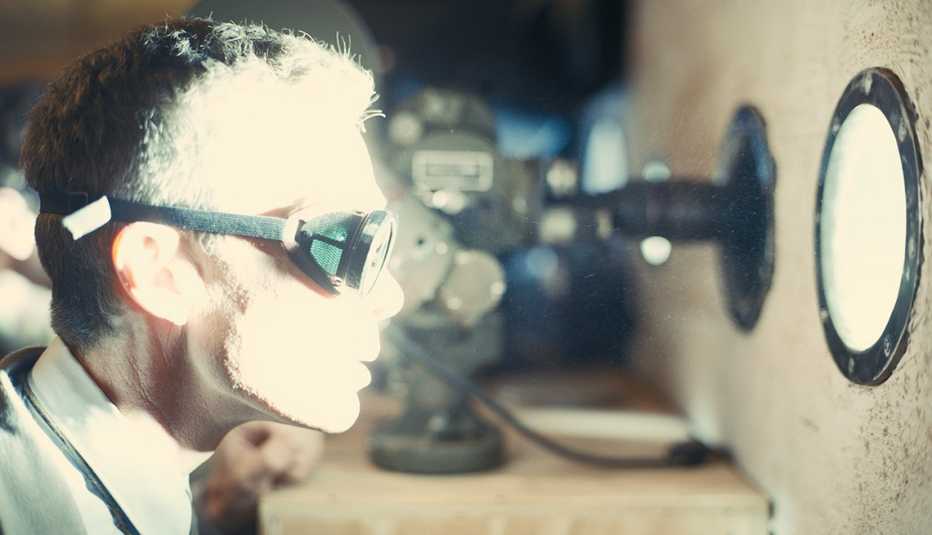
Oppenheimer was an outlier.
At the age of 12, he gave his first major academic talk and acquired Greek, Latin, French, German, Sanskrit, and (in six weeks) Dutch in order to give a nuclear physics lecture.
Reading Proust helped him recover from suicidal despair. He was almost expelled from Cambridge University, most likely for poisoning his teacher’s apple and recovering it before the don ate it and died.
Oppie attempted to suffocate him after a close friend tried to cheer him up by telling him he was getting married.
He brought a girlfriend to the Berkeley Hills to enjoy the scenery while teaching at the University of California, then drifted off and went home to bed, forgetting that she was still alone up in the hills.
“I’m awfully erratic, you know,” he said. “I’m truly sorry.” Brig. Gen. Leslie Groves Jr. (Matt Damon, 52) informs him in the film, “You’re a dilettante, a womanizer, unstable, theatrical, neurotic!”
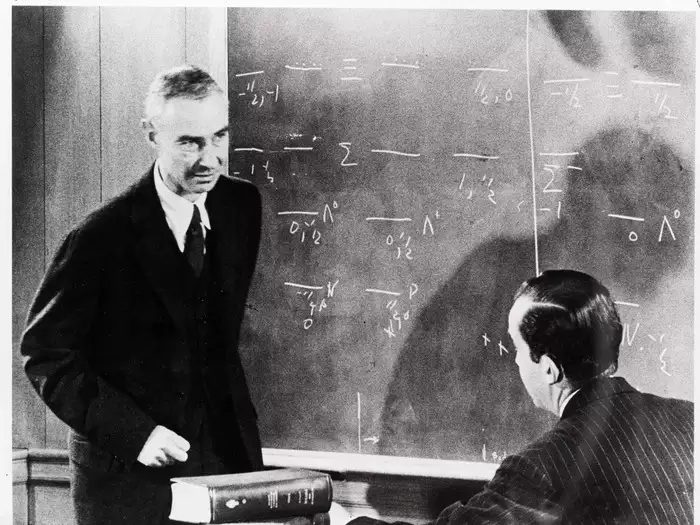
The science you should know before seeing ‘Oppenheimer’
With the premiere of Christopher Nolan’s “Oppenheimer,” a historical film about the “father of the atomic bomb,” those of us who did not pursue a career in physics may feel confused in the film’s technical notions and language.
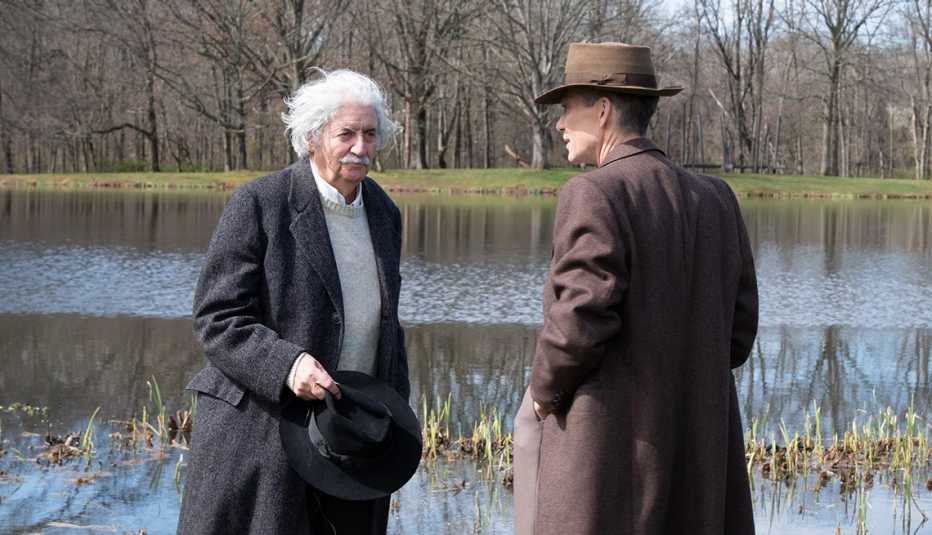
Boson
Any basic subatomic particle is referred to be a boson. Photons, the particles that make up light, are included in this category. The discovery of these particles was critical in the development of calutrons, which allowed researchers to manufacture the fuel required for the atomic bomb.
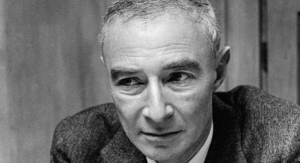
Calutrons
A calutron is a device designed by Earnest O. Lawrence, a Manhattan Project researcher, that enriches uranium by shooting electrons at atoms to convert them into positively charged ions. When uranium is ionized, it may be used to power an atomic weapon.
The calutron was inspired by Lawrence’s previous invention, the cyclotron, which is a particle accelerator that “shoots” particles in a circular direction.
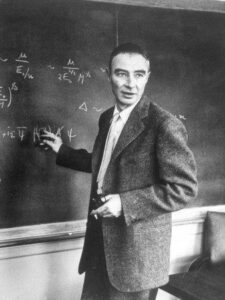
Fusion vs. fission
While fission and fusion are both important components of nuclear technology, they are substantially distinct — and vital to the storyline of “Oppenheimer.”
When a neutron collides with an atom, it splits its nucleus in half.
In 1938, radiochemists Otto Hahn and Fritz Strassman discovered fission alongside physicist Lise Meitner in Berlin.
Oppenheimer mentions in the film that this discovery may be utilized to create a bomb, and he was correct.
Because splitting an atom produces a tremendous amount of energy and can be performed using plutonium or uranium, this technique served as the foundation for Oppenheimer’s atomic weapon.
Meanwhile, fusion happens when two atoms collide and fuse to generate one heavier atom.
Fusion generates far more energy than fission while producing far less radioactive waste. However, it is difficult to achieve since the process necessitates great pressure and high temperatures.
The hydrogen bomb, advocated by Lewis Strauss, a member of the United States Atomic Energy Commission, is based on fusion and hence significantly more powerful than the atomic bomb.
Light
Oppenheimer claims in the film that light has both particle and wave qualities.
The well-known double-slit experiment validated this discovery. During the experiment, photons were shot through two slits at a sensor screen. This experiment revealed that photons act like particles when seen. Photons, on the other hand, act like waves when they are not viewed.
That mismatch has remained an enigma in the realm of quantum physics to this day.
New Physics
The phrase “New Physics” refers to the fast evolution of discoveries in the area of physics throughout the mid- to late-twentieth century.
This movement featured, in particular, the development of quantum mechanics, a science that proved critical to Oppenheimer’s quest since it enabled researchers to design tools such as the calutron and grasp the physics of fission and fusion.
Isotopes of radioactivity
Radioactive isotopes are required for nuclear weapon fusion and fission processes.
Each element is defined by a certain number of neutrons, protons, and electrons. A radioactive isotope, also known as a radioisotope, has a varied number of neutrons but the same number of protons, which causes its nucleus to be unstable and hence more reactive.
U-238 is the most stable type of uranium and consequently the most prevalent. U-235, which has three fewer neutrons, is the more reactive type of uranium utilized in nuclear weapons and reactors.
After the war, radioisotopes got embroiled in political debate.
Oppenheimer was the leader of a group of physicists that lobbied for the US to export radioactive isotopes to researchers across the world.
He contended that by making the minerals democratically available, the United States would promote world wellbeing.
However, while acting as chair of the US Atomic Energy Commission, Strauss fought back, asking for a US monopoly on the materials.
He contended that exporting them would be the equivalent of discussing nuclear secrets, which is prohibited by the Atomic Energy Act of 1946.
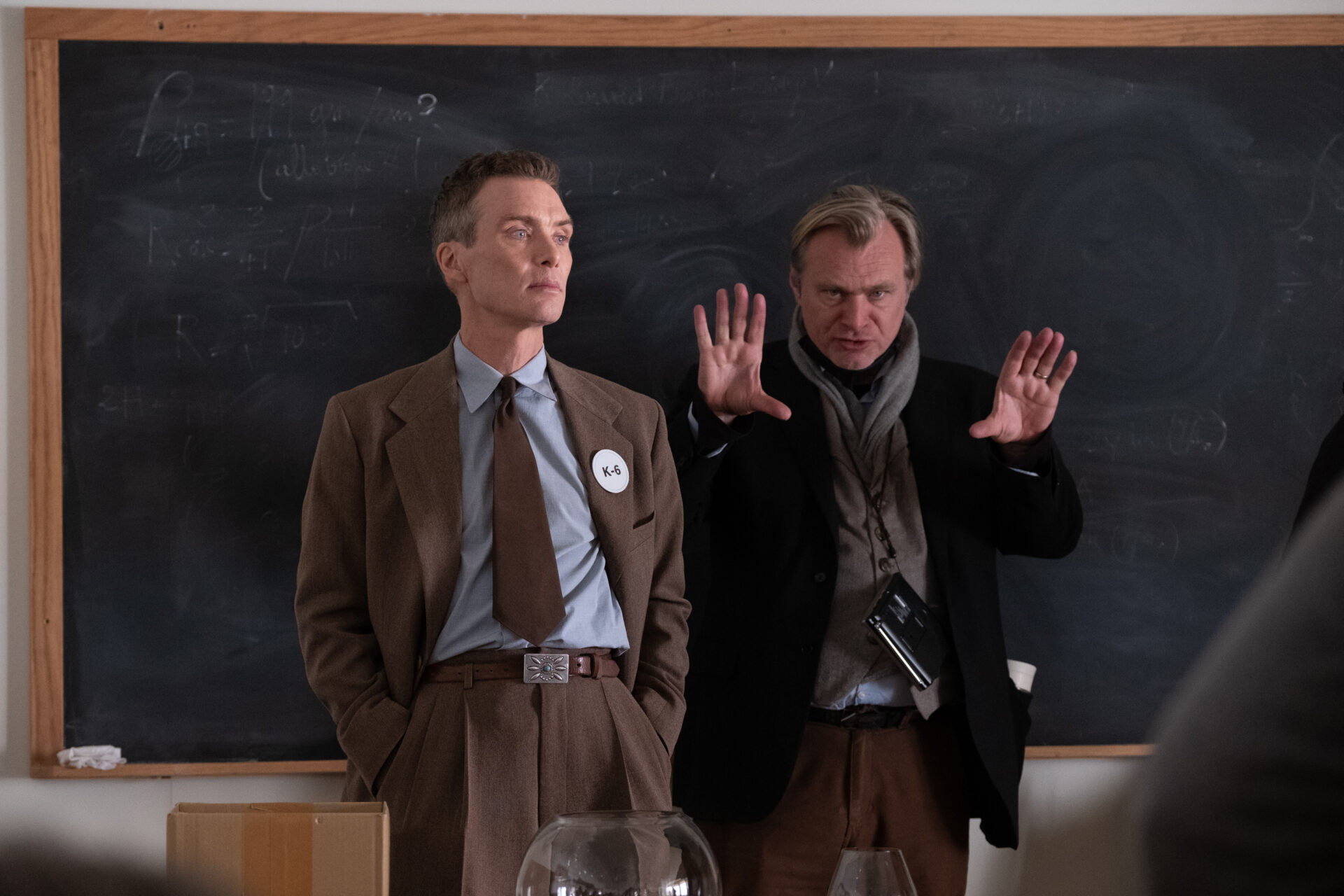
Source

















